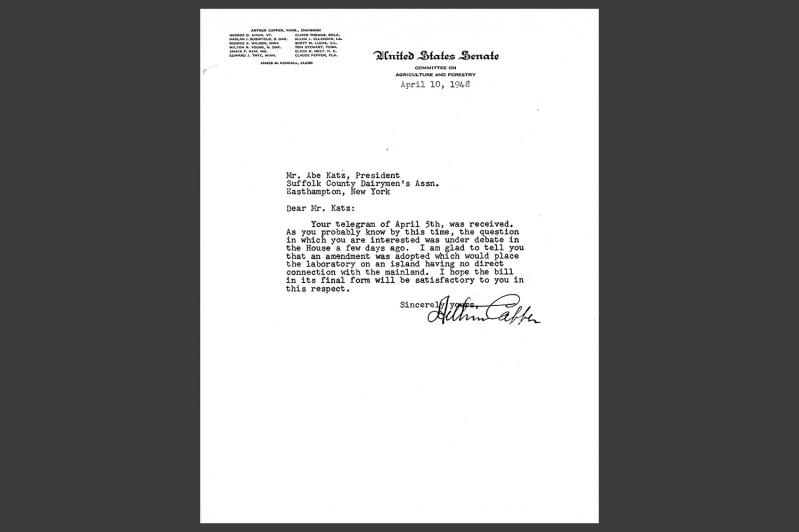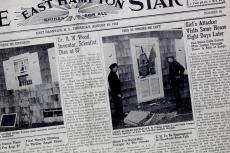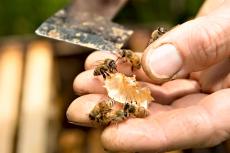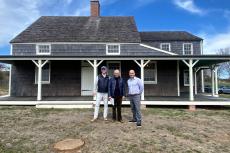Senator Arthur Capper of Kansas (1865-1951), the chairman of the Senate Committee on Agriculture and Forestry, sent this letter to Abe Katz (1909-1978), an East Hampton dairy farmer, on April 10, 1948 — 75 years ago. Capper’s letter responded to a telegram from Katz pleading for the committee to reconsider a bill intending that an animal research laboratory be built in Montauk.
Katz wrote the Senate as the president of the Suffolk County Dairymen’s Association and as the owner-operator of Dune Alpin Farm, one of the larger dairy farms in East Hampton. He bought Dune Alpin Farm in 1936 after leasing it for about two years. By 1938, he had bought the nearby Hicks Dairy too. In the early 1940s, his cattle inventory documents listed around 60 milking cows.
As a dairy farmer, Katz understood the impact of foot and mouth disease outbreaks better than most. The senators and administrators he wrote to sought to reassure him that an amendment to the legislation prohibited the facility from being built on the “mainland” of Long Island. Legislators specifically indicated to him that the new laboratory’s purposes included research on foot and mouth.
Katz’s lobbying efforts held weight with the Department of Agriculture. By 1952, the secretary of that department had decided to place the laboratory on Plum Island, the site of the decommissioned Fort Terry. The facility opened in 1954 and today is considered a Biosafety Level 3 lab, one that still researches foot and mouth.
In 2003, the Department of Homeland Security began overseeing the lab, largely because of bioterrorism concerns. Security concerns also contributed to the government’s plans to move the research laboratory to Kansas in the near future.
Today, the Plum Island Animal Disease Center employs more than 400 people. It is scheduled to close this year, and a recent congressional bill seeks to designate Plum Island as a national monument.
Andrea Meyer, a librarian and archivist, is the head of collection for the East Hampton Library’s Long Island Collection.




